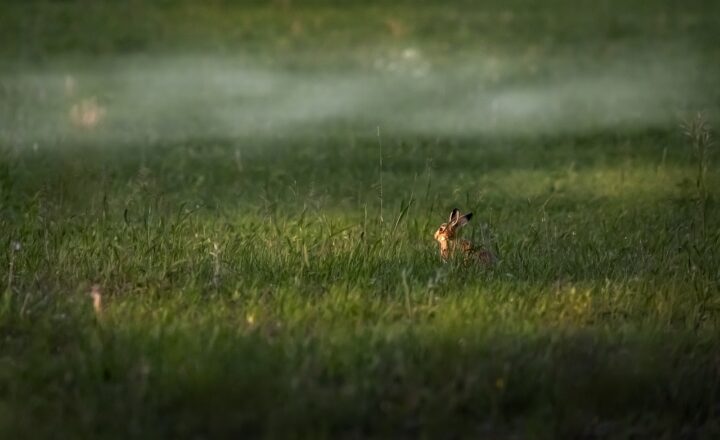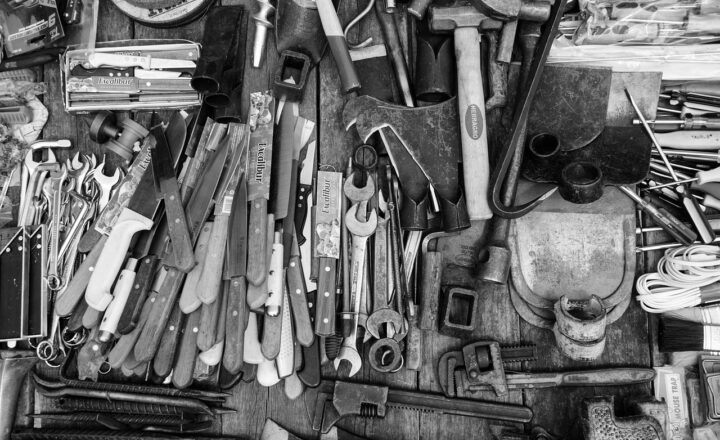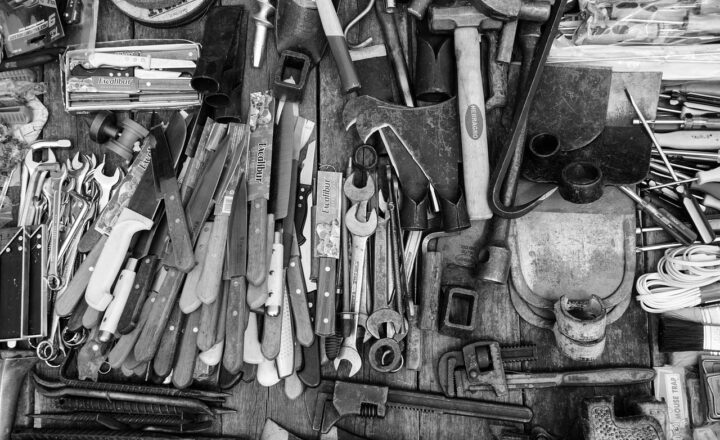The Social Structures of Early Humans: How Homo sapiens Lived in Clans and Communities
November 14, 2024

Understanding the social structures of early humans offers profound insights into the evolution of Homo sapiens and their remarkable adaptability. As our ancestors transitioned from solitary lifestyles to complex social organizations, the way they lived in clans and communities defined their survival, technology, culture, and relationships. This article explores the intricacies of early human social structures, examining how they organized themselves, the roles individuals played within these groups, and the cultural implications of their communal living.
1. The Emergence of Social Structures
The initial transition from solitary living to social organization coincided with several environmental and biological factors. As Homo sapiens evolved, their survival began to rely heavily on cooperation for hunting, gathering food, and protecting each other from predators. By forming clans, early humans effectively increased their chances of survival through sharing resources, knowledge, and responsibilities.
Clans typically consisted of a small group of families related by blood ties, often including up to 30 members. This structure created a close-knit environment where individuals could build trust and interdependency, crucial for overcoming the challenges of a constantly changing world.
2. Social Roles and Responsibilities
Within these early clans, individuals assumed various roles and responsibilities that contributed to the group’s survival and prosperity. These roles were often influenced by age, gender, and skills, allowing for a distribution of tasks that highlighted the importance of collaboration.
- Hunters and Gatherers: The most vital role within the clan, hunting was typically dominated by males, while gathering was often the responsibility of females and children. This division of labor optimized efficiency, with hunters pursuing large game and gatherers collecting fruits, nuts, and other edible plant materials.
- Caregivers: Women, in particular, played essential roles in nurturing young children and the elderly. They were responsible for teaching survival skills and instilling social values, crucial for maintaining clan cohesion.
- Shamans or Spiritual Leaders: Spiritual beliefs were pivotal in early human societies. Shamans served as mediators between the natural and spiritual worlds, providing guidance, performing rituals, and fostering group unity through shared beliefs and practices.
The interaction of these roles fostered a complex social fabric that ensured not just survival but also the development of early sociocultural practices.
3. Kinship and Social Bonds
Kinship was the cornerstone of social organization among early humans. Relationships were defined not just by blood relations but also by social ties created through marriage and friendship. These kinship networks extended the web of social relations, reinforcing in-group support and expanding the social group through marriages to other clans.
Anthropologists suggest that kinship systems were often matrilineal or patrilineal, impacting inheritance, resource distribution, and social status within clans. By sharing resources and responsibilities among kin, early humans built resilient social structures that enhanced survival and cultural continuity.
4. Communication and Social Interaction
The social structure of early human clans depended heavily on communication. Interaction methods included verbal and non-verbal communication, such as gestures, facial expressions, and even early forms of art that conveyed important messages about hunting strategies, resource availability, and kinship ties.
Storytelling was another vital component, not only passing down knowledge of survival skills but also imparting cultural values and histories, strengthening group identity, and fostering unity. The development of language facilitated deeper social bonds, helping individuals articulate thoughts and emotions, further enhancing cooperation.
5. The Role of Environment in Social Organization
Environmental factors had a significant impact on the social structures of early human communities. Clans adapted their social organization based on resource availability, climate, and geography.
In resource-rich areas, clans could afford to settle and develop more permanent social groups, potentially leading to more complex hierarchies and divisions of labor. In contrast, those residing in harsher environments often had to maintain a more flexible social structure, periodically shifting their members in search of food and resources.
These adaptations played a critical role in shaping community dynamics, influencing how early humans interacted and developed cultural practices reflective of their environment.
6. Cultural and Social Innovations
The kinship ties and roles established in early human clans set the stage for cultural innovations. Social interactions led to shared practices that gave rise to rituals, art, and traditions integral to their communities.
These innovations served multiple purposes:
- Strengthening Social Bonds: Group rituals and shared stories created emotional connections, enhancing group cohesion and identity.
- Cultural Identity: Artistic expressions, such as cave paintings or carvings, not only recorded history but also narrated cultural identity, beliefs, and values among groups.
- Knowledge Preservation: As knowledge was shared through generations, the practices of preparation and hunting were refined, enhancing group adaptation to their surroundings.
Social innovations reflected the shared experiences of clans and provided a sense of belonging that transcended individual survival.
7. Conclusion
The social structures of early humans were foundational to the survival and evolution of Homo sapiens. Through cooperation and shared responsibilities, early humans developed intricate social organizations that supported their adaptability in various environments. Their reliance on kinship, communication, and cooperation not only shaped their day-to-day lives but also led to the intricate cultures and communities that became the cornerstone of human civilization.
By studying the social dynamics of early clans, modern humankind can gain valuable insights into the importance of social structure, solidarity, and cooperation that continue to resonate in our lives today. Understanding this legacy serves as a reminder of the profound bonds that unite us across time and space.








